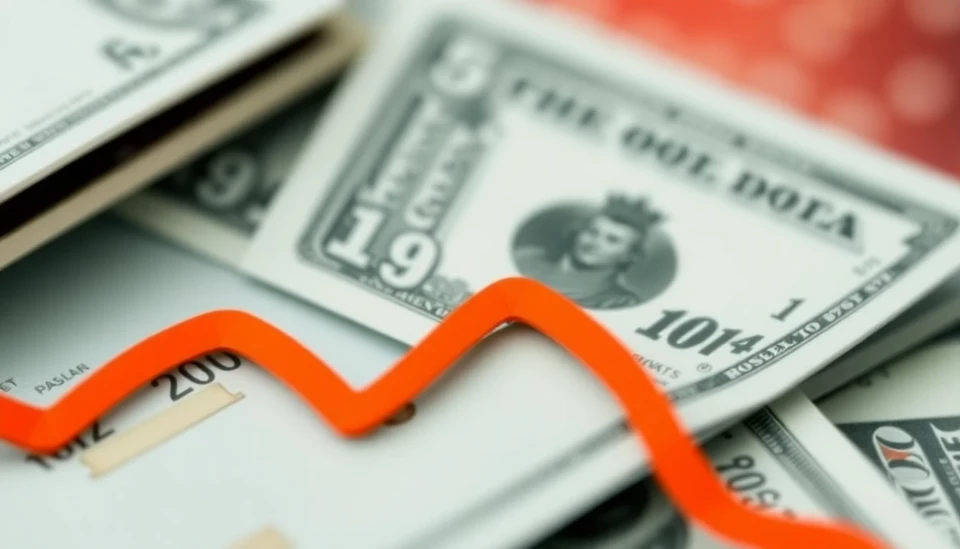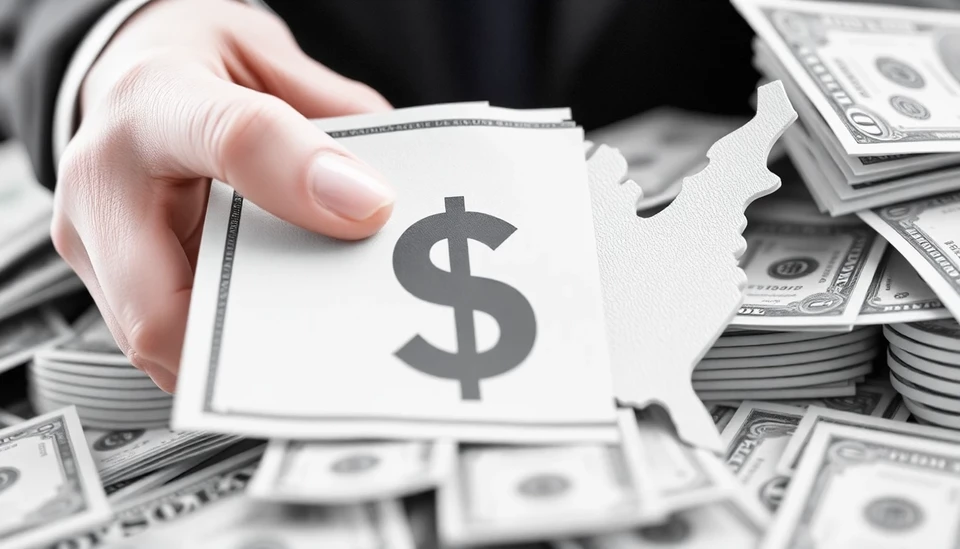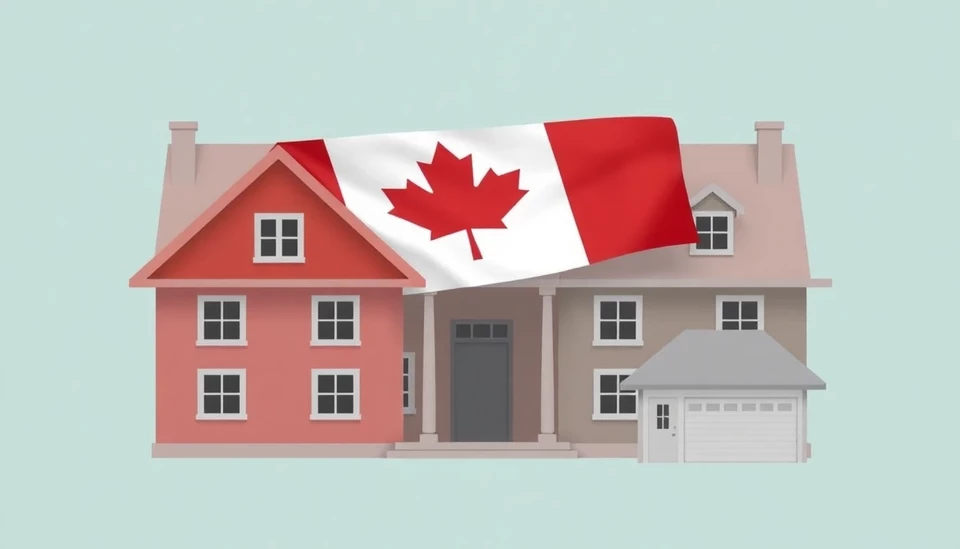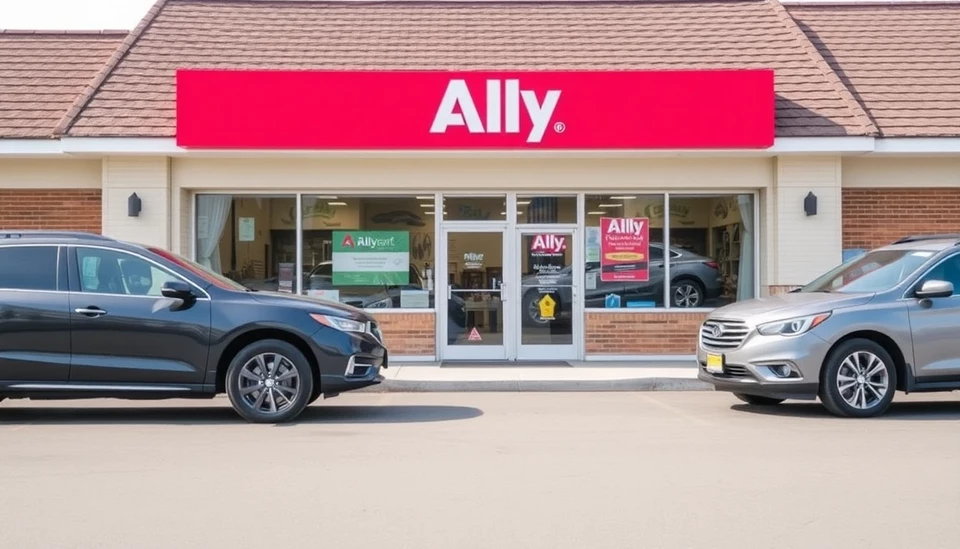
In a concerning economic development, the United States is witnessing a significant rise in consumer debt delinquency, reaching levels not seen in almost five years. Recent reports reveal that more Americans are falling behind on their debt payments, indicative of a broader financial strain as inflationary pressures and rising interest rates continue to challenge households across the nation.
Data from the New York Federal Reserve highlights that as of the end of 2024, the delinquency rate on mortgage, auto loans, and credit card payments hit a peak that hasn't been recorded since early 2020. The upward trajectory of delinquency rates is alarming for economists and financial analysts, as it suggests that many consumers are finding it increasingly difficult to manage their financial obligations amid fluctuating economic conditions.
The surge in delinquency is driven partially by the combination of higher interest rates and persistent inflation. With the Federal Reserve implementing aggressive rate hikes to combat inflation, monthly payment obligations have risen sharply, leaving many households strapped for cash. This scenario forces consumers to make tough choices regarding which bills to prioritize, often leading to delayed payments on credit cards and loans.
Moreover, as the cost of living continues to escalate, particularly in sectors such as housing and transportation, many consumers are finding their disposable income dwindling. This financial strain is reflected in the rising delinquencies, suggesting that a growing segment of the population is navigating a precarious financial landscape. Analysts warn that prolonged high levels of delinquency could potentially lead to larger issues within the credit markets and the overall economy.
The implications of these delinquency trends extend beyond individual households. Economists express concern that sustained increases in delinquency rates may result in tightening credit conditions and a potential slowdown in consumer spending, which is a primary driver of economic growth in the U.S. If the trend continues, it might prompt lenders to raise interest rates further or tighten lending standards, thereby creating a cycle that exacerbates financial struggles for many.
As this situation evolves, experts will be closely monitoring consumer behavior and lending practices to gauge the potential fallout on the broader economy. Many financial institutions are already beginning to adjust their risk assessment strategies in response to these alarming delinquency rates.
In conclusion, the current rise in consumer debt delinquency is a critical indicator of the financial health of American households, reflecting the challenges faced in a high-inflation environment with increasing borrowing costs. Stakeholders at all levels, from consumers to policymakers, will need to navigate this turbulent period with caution as they seek to stabilize financial conditions and support households through these difficult times.
#ConsumerDebt #DelinquencyRates #EconomicStrain #Inflation #InterestRates #PersonalFinance #USEconomy
Author: Rachel Greene




